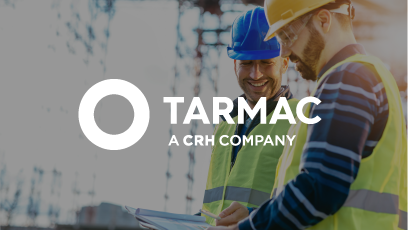A blown-out tire can blow out a transportation company’s entire schedule — and its profitability. So Michelin Connected Solutions Europe launched Tires as a Service, a solution that combines high-tech tires, performance optimization, and predictive maintenance. “We are not selling tires,” explains Tomasz Leszczynski, Head of Supply Operations at Michelin Connected Solutions Europe. “We are selling the kilometers that the vehicles of our customers run through time.”
The service is multifaceted, and the tire market is highly dynamic, so accurate sales and operations planning (S&OP) is crucial. However, heterogeneous systems and unclear processes forced Michelin’s stakeholders to waste hours discussing inputs and hypotheses instead of making decisions. “We needed everybody to be aligned and everybody to be knowledgeable of what is being discussed and what is planned,” Leszczynski recalls.
Moving beyond S&OP
To complement its existing sales and operations planning (S&OP) tools — which are strongly oriented to the needs of its traditional business — Michelin looked for a solution that could align with its new business model. “The main challenge that we are facing at this very moment is that we are in a very dynamic market where we need to anticipate certain issues,” Leszczynski explains. “The better we anticipate them, the better we are meeting our strategic objectives.”
They selected Anaplan Integrated Business Planning (IBP) for Automotive, capitalizing on built-in best practices and rapid time to value. “We were looking for alignment,” Leszczynski says. “The idea was to implement a standard operational planning process, and to gain efficiency by implementing Anaplan.”
Less inventory, better speed and performance
Michelin quickly saw benefits from its IBP approach, including reduced inventory and associated costs. “What Anaplan brought to us is collaboration, alignment, one source of truth,” Leszczynski notes. “We have now cut our inventory carrying cost by 20%.” The company also needs 20% less tire assets (i.e., inventory) to maintain high levels of customer service.
Dashboards in Anaplan make it easier to visualize the outputs of different plans, which improves communication between stakeholders and helps to steer the company in the right direction.
The new tools have also transformed the way that Michelin’s planning teams work, delivering 25% to 50% time-savings for forecasting processes that require input from multiple departments.
Leszczynski expects the improvements gained using Anaplan to build on each other. “The more we anticipate certain things, the better we are in terms of implementation of strategies and meeting company strategic objectives,” he says. “With Anaplan we are able to improve confidence in our decision-making process, and steer implementation of decisions accordingly.”






